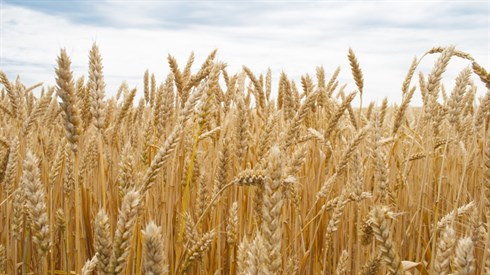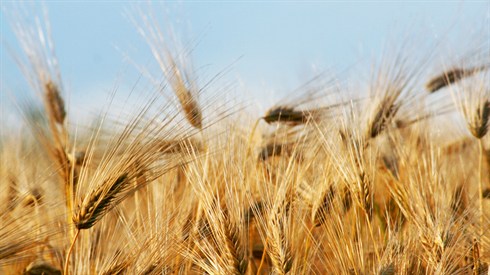- Sections
- Parashat Hashavua
45
In the most recent generations, this period corresponds to another area of uplifting – on a national level. We have gone from destruction to rebuilding, and from enslavement to independence and national success. We went from a partition plan with borders that "choked" us in 1947 to the great victories of 1967 and 1973. We went from a situation where in 1948 seven countries mercilessly attacked the only Jewish state in the world to the point where many of those nations no longer threaten us.
There are two terms that accompany us in the beginning of Sefer Bamidbar. Parashat Bamidbar is always read before Shavuot, and Parashat Naso is always read after it. These two parshiyot are replete with the terms "pakod" and "naso." On one level, each of the words means to count, and this is very appropriate for a sefer that Chazal called "Sefer Hapekudim," the Book of Countings.
These terms also are important between Pesach and Shavuot. Bamidbar starts with the command: "Raise the heads of the entire congregation of Israel." The terms "p’kod" (count) and "raise their heads," which are basically synonyms, are brought together several times (see Bamidbar 1:49).
In addition to "raising the head" referring to counting, it also can mean to appoint to a position of power, as happened to the sar hamashkim in Egypt (see Bereishit 40:20 with Unkelus and Rashi). The root pakod can also refer, in addition to counting, to the appointment of officers, as Yosef did for the Land of Egypt (Bereishit 41:34). It can also refer to selecting a punishment, as Hashem said he would do over history due to the sin of the Golden Calf (Shemot 32:34). Yet the same word pakod is used to announce the liberation (Bereishit 50:24).
Naso is used also as an expression of forgiveness and atonement ("noseh avon vafesha" – Shemot 34:7). On the other hand, Hoshea (1:6) uses the root to say that He will stop forgiving and start punishing them. Rashi explains that He will distribute to them that which is coming to them, in this case, for the negative. Radak explains it, that Hashem will lift up the enemies to bring them upon us.
Indeed, the idea of counting also has a two-edged sword. It can be an uplifting event in preparation for the entrance into Eretz Yisrael. If it is done in the wrong way and/or for the wrong reason, it can be the cause of a plague (Shemot 30:12).
Let us pray that we will experience pekida and nesi’at rosh in the positive senses of the terms. May we be elevated day-by-day until we are ready to fulfill our special standing in regard to our Torah and our Land.

“… And Joy for Those with Straight Hearts”
Rabbi Shaul Yisraeli zt"l | Tishrei 12 5781

Why to Be Afraid or Not Be Afraid of Og – part I
Rabbi Yossef Carmel | Sivan 27 5779

Where is the “Place,” and Where is the Ladder?
Rabbi Yossef Carmel | 5775

Parashat Hashavua: A Yeshiva and a Community Go Together
Rabbi Yossef Carmel | kislev 5785

Performing a Proper Hesped
Rabbi Yirmiyohu Kaganoff | 5771

Birkat Kohanim – The Priestly Blessing
Chapter Twenty-Part One
Rabbi Eliezer Melamed | 5775

Why is Hafrashat Challah So Important
Rabbi Yosef Tzvi Rimon | 5778

The Mitzvah of “Duchening” - Birchas Kohanim
Rabbi Yirmiyohu Kaganoff | 5769

CLEANING FOR PESACH: BETWEEN 'FEELING' & 'BEING' RELIGIOUS
Rabbi Ari Shvat | Nisan 5785
Daf Yomi Makkot Daf 8
R' Eli Stefansky | 18 Nisan 5785

Refuting Criticism by the Ridbaz – #311 – part IV
Date and Place: 19 Sivan 5670 (1910), Yafo
Beit Din Eretz Hemda - Gazit | Nisan 5785






